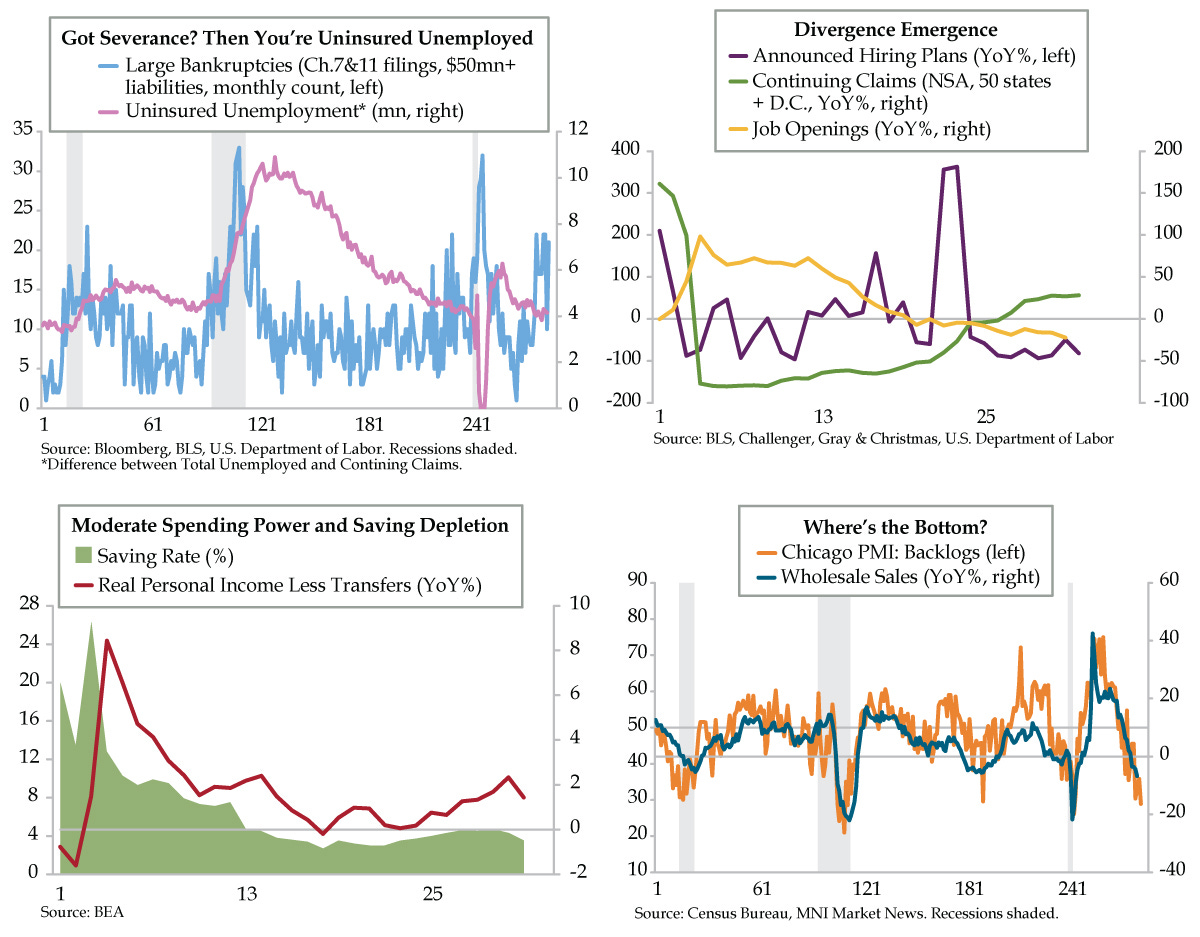There was a time your bookie knew your name and that of your team. He wrote your ticket by hand and even smiled when you won. Even after gambling was legalized in Las Vegas in 1931, sports betting remained illegal save “turf clubs,” the first generation of sportsbooks. The most popular were the Derby Club, Saratoga Club, Hollywood Horse and the presciently named Sports Book. The advent of physicality brought with it an agreement with the sponsoring casino that the book would pay 10% of its earnings to the house. The sportsbooks would, in turn, charge a “vigorish” on any bet that was placed, and that’s why gamblers must pay “juice” to this day. Such is the nature of gambling which has always had its detractors. In the early 1950s, the federal government imposed a 10% tax on legal sportsbooks, which drove many operations underground and others to find ways to skirt the tax. To use the simplest example, sportsbooks and bettors would agree to write 10% of the actual bet. On paper, a bet for $1,000 to win $900 was $100 to win $90.
The 1974 tax reduction from 10% to 2% inspired the opening of Las Vegas’ first sportsbook inside a casino – the Stardust. Frank “Lefty” Rosenthal’s operation featured six giant screens and seated 300. It set the standard emulated today. Next Saturday, I’ll be at Bellagio’s sportsbook, a 5,600-square-foot venue offering 99 individual racing monitors, seven large racing screens, six large screens for sports and 38 sports bar flat-screen TVs. My Longhorns kickoff against the Crimson Tide at 4 pm local time. Despite Alabama being favored by 7.5 points, I’ll be front and center for the action. If I was inclined to place a wager, I wouldn’t have to be in Las Vegas to do so. Online gambling is legal in 27 states, a shift that sent sports betting revenues from a gross of $4.3 billion in 2021 to $7.5 billion in 2022, according to the American Gaming Association.




